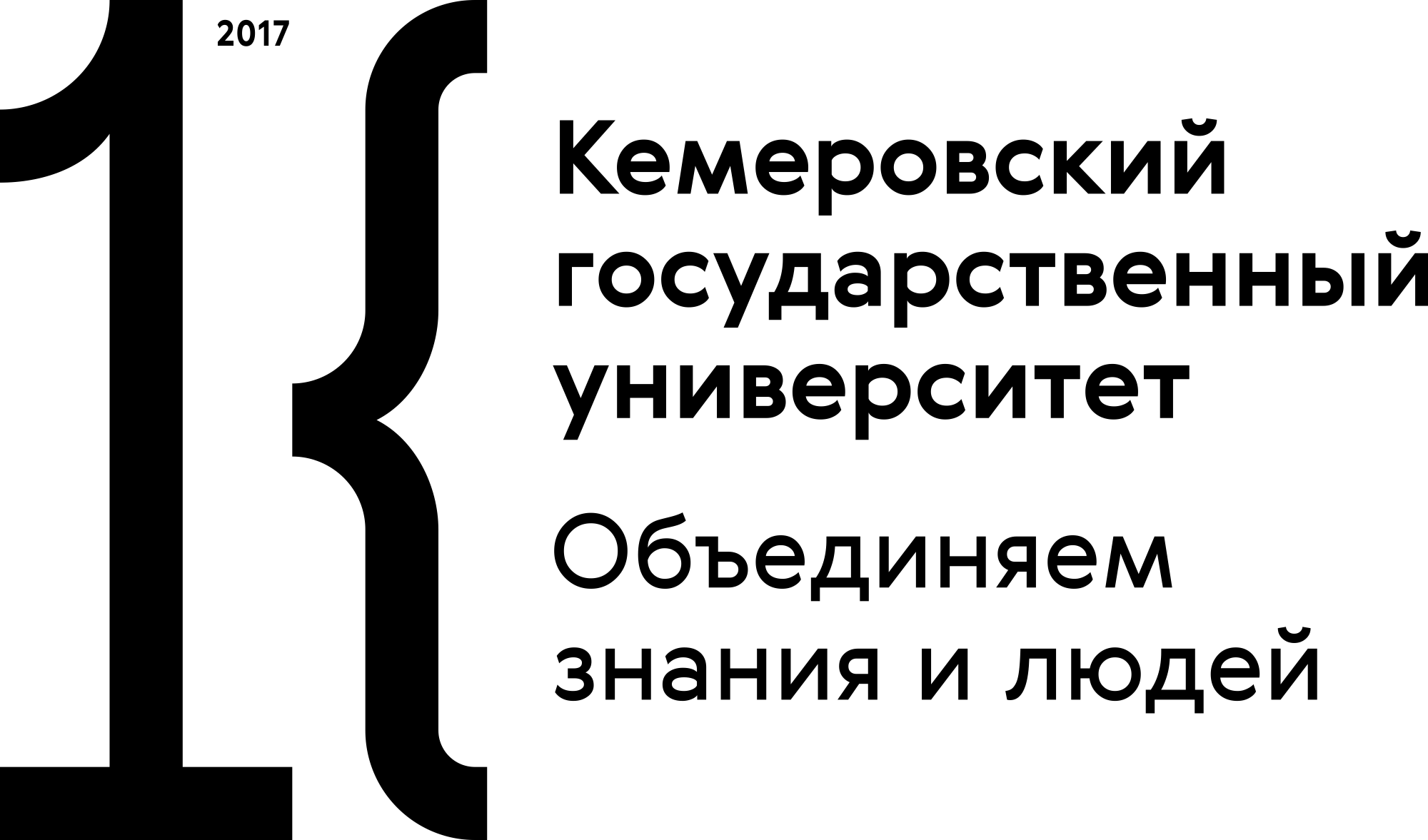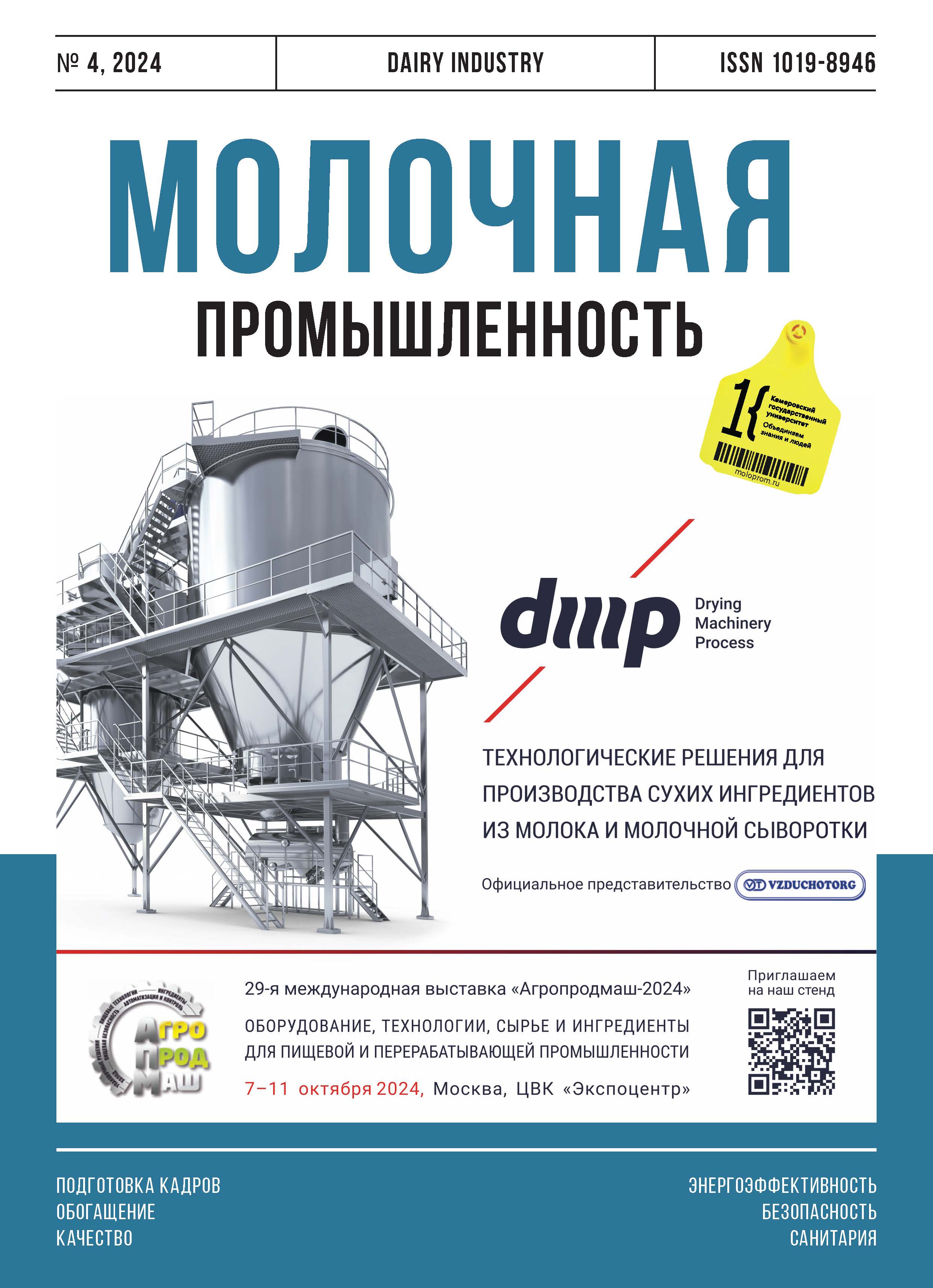Moscow, Russian Federation
Moscow, Russian Federation
Moscow, Russian Federation
Moscow, Russian Federation
Moscow, Russian Federation
Uglich, Russian Federation
This research featured the resistance of isolates of Pseudomonas spp. to disinfectants. The samples were isolated from a dairy product with visible sensory changes, i.e., blue discoloration, as well as from objects of dairy production environment. As a result, five strains in planktonic and biofilm states were tested for disinfectant tolerance. Most isolates demonstrated more tolerance as biofilms than as plankton. The disinfectant tolerance in Pseudomonas brenner, Pseudomonas synxantha, and Pseudomonas libanensis correlated with their ability to form biofilms. Antibacterial activity against biofilm is an important indicator when choosing an optimal preventive disinfectant for dairy production facilities. The research results make it necessary to reconsider the current approaches to sanitary treatment in the food industry.
biofilms, disinfection, tolerance, food spoilage, dairy products
1. Campbell, C. G. Invited review: The consumer and dairy food waste: An individual plus policy, systems, and environmental perspective / C. G. Campbell, G. L. Feldpausch // Journal of Dairy Science. 2022. V. 105. № 5. R. 3736–3745. https://doi.org/10.3168/jds.2021-20994
2. Conrad, Z. Relationship between food waste, diet quality, and environmental sustainability / Z. Conrad [et al.] PloS one. 2018. V. 13. № 4. https://doi.org/10.1371/journal.pone.0195405
3. Chierici, M. Strain diversity of Pseudomonas fluorescens group with potential blue pigment phenotype isolated from dairy products / M. Chierici [et al.] // Journal f food protection. 2016. V. 79. № 8. R. 1430–1435. https://doi.org/10.4315/0362-028X.JFP-15-589
4. Ranieri, M. L. Bacterial ecology of high-temperature, short-time pasteurized milk processed in the United States / M. L. Ranieri, K. J. Boor // Journal of Dairy Science. 2009. V. 92. № 10. P. 4833–4840. https://doi.org/10.3168/jds.2009-2181
5. Martin, N. H. Symposium review: Effect of post-pasteurization contamination on fluid milk quality / N. H. Martin, K. J. Boor, M. Wiedmann // Journal of Dairy Science. 2018. V. 101. № 1. P. 861–870. https://doi.org/10.3168/jds.2017-13339
6. Reichler, S. J. Pseudomonas fluorescens group bacterial strains are responsible for repeat and sporadic postpasteurization contamination and reduced fluid milk shelf life / S. J. Reichler [et al.] // Journal of Dairy Science. 2018. V. 101. № 9. P. 7780–7800. https://doi.org/10.3168/jds.2018-14438
7. López-Fandiño, R. Proteolysis during storage of UHT milk: differences between whole and skim milk / R. López-Fandiño // Journal of Dairy Research. 1993. V. 60. №. 3. P. 339–347. https://doi.org/10.1017/s0022029900027680
8. Cousin, M. A. Presence and activity of psychrotrophic microorganisms in milk and dairy products: a review / M. A. Cousin // Journal of Food Protection. 1982. V. 45. № 2. P. 172–207. https://doi.org/10.4315/0362-028X-45.2.172
9. Griffiths, M. W. Post-pasteurization contamination – the major cause of failure of fresh dairy products / M. W. Griffiths, J. D. Phillips, D. D. Muir // Hannah Res. 1984. V. 1984. P. 77–87. https://doi.org/10.1016/S0723-2020(96)80024-5
10. Moseley, W. K. Pinpointing post-pasteurization contamination / W. K. Moseley // Journal of Food Protection. 1980. V. 43. № 5. P. 414. https://doi.org/10.4315/0362-028X-43.5.414
11. Schröder, M. J. A. Origins and levels of post pasteurization contamination of milk in the dairy and their effects on keeping quality / M. J. A. Schröder // Journal of Dairy Research. 1984. V. 51. № 1. R. 59–67. https://doi.org/10.1017/S0022029900023323
12. Wiedmann, M. Molecular and phenotypic characterization of Pseudomonas spp. isolated from milk / M. Wiedmann // Applied and Environmental Microbiology. 2000. V. 66. № 5. R. 2085–2095. https://doi.org/10.1128/AEM.66.5.2085-2095.2000
13. Rossi, C. Biofilm formation, pigment production and motility in Pseudomonas spp. isolated from the dairy industry / C. Rossi [et al.] / Food Control. 2018. V. 86. R. 241–248. https://doi.org/10.1016/j.foodcont.2017.11.018
14. Caputo, L. Pepsin-digested bovine lactoferrin prevents Mozzarella cheese blue discoloration caused by Pseudomonas fluorescens / L. Caputo [et al.] // Food Microbiology. 2015. V. 46. R. 15–24. https://doi.org/10.1016/j.fm.2014.06.021
15. Cenci-Goga, B. T. Evolution under different storage conditions of anomalous blue coloration of Mozzarella cheese intentionally contaminated with a pigment-producing strain of Pseudomonas fluorescens / B. T. Cenci-Goga [et al.] // Journal of Dairy Science. 2014. V. 97. № 11. R. 6708–6718. https://doi.org/10.3168/jds.2014-8611
16. Carrascosa, C. Blue pigment in fresh cheese produced by Pseudomonas fluorescens / C. Carrascosa [et al.] // Food Control. 2015. V. 54. R. 95–102. https://doi.org/10.1016/j.foodcont.2014.12.039
17. Cherif-Antar, A. Diversity and biofilm-forming capability of bacteria recovered from stainless steel pipes of a milk-processing dairy plant / A. Cherif-Antar [et al.] // Dairy Science & Technology. 2016. V. 96. R. 27–38. https://doi.org/10.1007/s13594-015-0235-4
18. Knight, G. A. Innovation, organizational capabilities, and the born-global firm / G. A. Knight, S. T. Cavusgil // Journal of International Business Studies. 2004. V. 35. P. 124–141. https://doi.org/10.1057/palgrave.jibs.8400071
19. Ronimus, R. S. A RAPD-based comparison of thermophilic bacilli from milk powders / R. S. Ronimus [et al.] // International Journal of Food Microbiology. 2003. T. 85. V. 1–2. P. 45–61. https://doi.org/10.1016/S0168-1605(02)00480-4
20. Macleod, S. M. Species interactions in mixed-community crystalline biofilms on urinary catheters / S. M. Macleod, D. J. Stickler // Journal of Medical Microbiology. 2007. V. 56. № 11. P. 1549–1557. https://doi.org/10.1099/jmm.0.47395-0
21. Ivnitsky, H. Bacterial community composition and structure of biofilms developing on nanofiltration membranes applied to wastewater treatment / H. Ivnitsky [et al.] // Water Research. 2007. V. 41. № 17. R. 3924–3935. https://doi.org/10.1016/j.watres.2007.05.021
22. Friedlander, A. Preventing biofilm formation by dairy-associated bacteria using peptide-coated surfaces / A. Friedlander [et al.] // Frontiers in Microbiology. 2019. V 10. P. 1405. https://doi.org/10.3389/fmicb.2019.01405
23. O'Toole, G. Biofilm formation as microbial development / G. O'Toole, H. B. Kaplan, R. Kolter // Annual Reviews in Microbiology. 2000. V. 54. № 1. P. 49–79. https://doi.org/10.1146/annurev.micro.54.1.49
24. Rozman, U. Reduced susceptibility and increased resistance of bacteria against disinfectants: A systematic review / U. Rozman // Microorganisms. 2021. V. 9. № 12. P. 2550. https://doi.org/10.3390/microorganisms9122550
25. Wang, H. Biofilm formation by meat-borne Pseudomonas fluorescens on stainless steel and its resistance to disinfectants / H. Wang // Food Control. 2018. V. 91. P. 397–403. https://doi.org/10.1016/j.foodcont.2018.04.035
26. Dogan, B. Genetic diversity and spoilage potentials among Pseudomonas spp. isolated from fluid milk products and dairy processing plants / B. Dogan, K. J. Boor // Applied and Environmental Microbiology. 2003. V. 69. № 1. P. 130–138. https://doi.org/10.1128/AEM.69.1.130-138.2003
27. Zarei, M. High biofilm-forming Pseudomonas strains isolated from poultry slaughterhouse surfaces: Their importance in the persistence of Salmonella enteritidis in slaughterhouses / M. Zarei // International Journal of Food Microbiology. 2023. V. 390. P. 110126. https://doi.org/10.1016/j.ijfoodmicro.2023.110126
28. Bryers, J. D. Biofilms II Process analyses and applications / J. D. Bryers. – John Wiley & Sons: New York, 2000. – P. 45–88.
29. Wang, H. Biofilm formation by meat-borne Pseudomonas fluorescens on stainless steel and its resistance to disinfectants / H. Wang [et al.] / Food Control. 2018. V. 91. P. 397–403. https://doi.org/10.1016/j.foodcont.2018.04.035
30. Jha, P. K. Formation and resistance to cleaning of biofilms at air-liquid-wall interface. Influence of bacterial strain and material / P. K. Jha [et al.] // Food Control. 2020. V. 118. P. 107384. https://doi.org/10.1016/j.foodcont.2020.107384
31. Wang, R. Mixed biofilm formation by Shiga toxin–producing Escherichia coli and Salmonella enterica serovar Typhimurium enhanced bacterial resistance to sanitization due to extracellular polymeric substances / R. Wang // Journal of Food Protection. 2013. V. 76. № 9. P. 1513–1522. https://doi.org/10.4315/0362-028X.JFP-13-077
32. Yushina, Y. K. Evaluation of approaches to increase the effectiveness of various disinfectants against biofilm communities of different ages / Y. K. Yushina // Theory and practice of meat processing. 2024. V. 8. № 4. P. 273–281. https://doi.org/10.21323/2414-438X-2023-8-4-273-281






